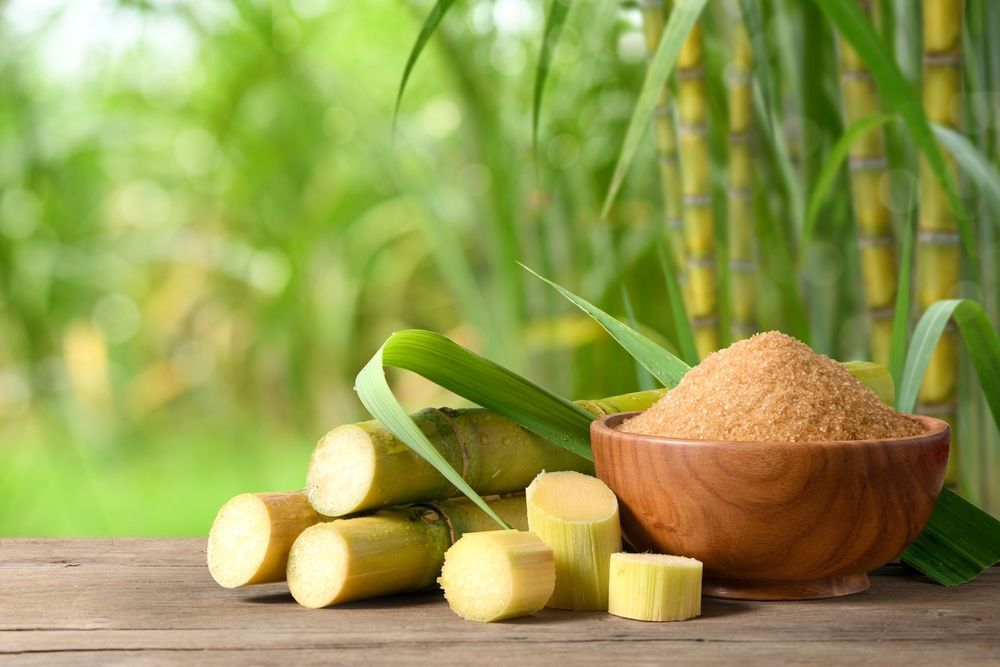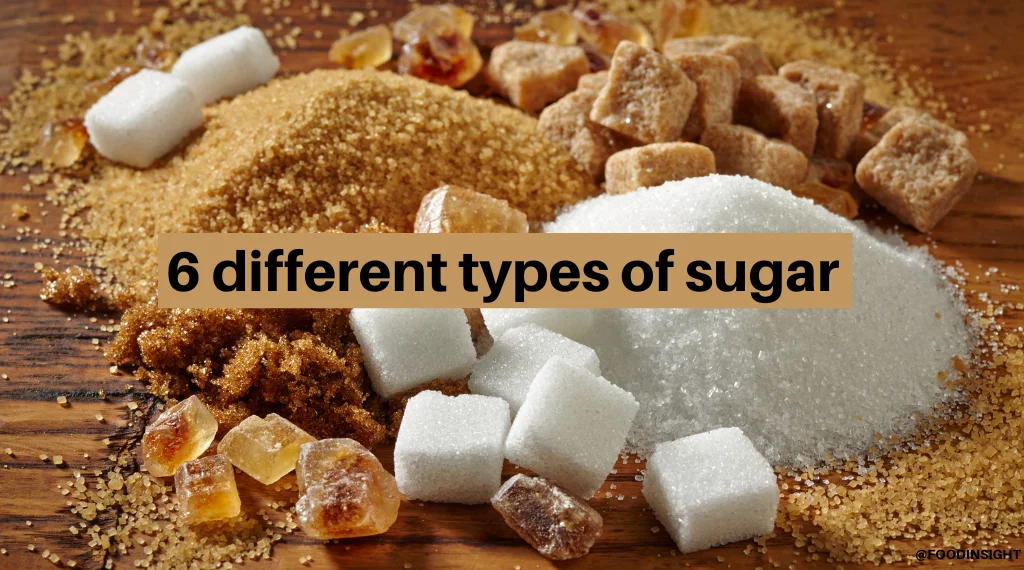In discussions of beet sugar vs cane sugar, the type of the sugar plays a key role in its properties.
In discussions of beet sugar vs cane sugar, the type of the sugar plays a key role in its properties.
Blog Article
Discover the Uses and Conveniences of Beet Sugar Vs Cane Sugar in Your Daily Diet Plan
Checking out the distinctive high qualities of beet and cane sugar discloses greater than simply their sweetening capabilities; it highlights their distinct effects on wellness and cookeries. Beet sugar, known for its subtle taste, is often favored in delicate treats, whereas cane sugar, with its tip of molasses, includes splendor to robust recipes. Each type holds its own dietary account and glycemic implications, welcoming a much deeper understanding of their roles in a balanced diet plan and lasting intake techniques.
Beginning and Production Processes of Beet and Cane Sugar

The distinct environments and dirt kinds required for expanding sugar beetroots and sugarcane add to differences in their farming methods and geographic circulation, influencing the economics and sustainability of their manufacturing. beet sugar vs cane sugar.
Nutritional Contrast Between Beet Sugar and Cane Sugar
Regardless of originating from different plants, beet sugar and cane sugar are nutritionally really similar, both primarily including sucrose. Each offers about 4 calories per gram, equating to roughly 16 calories per tsp. Structurally, both sugars are composed of approximately 99.95% sucrose, with very little amounts of various other substances like dampness and trace element, which do not substantially alter their dietary profiles.

Ultimately, when choosing in between beet sugar and cane sugar based on nutritional material alone, both deal similar benefits and drawbacks as they are essentially forms of the exact same particle-- sucrose, giving quick power without various other nutrients.
Effect On Wellness: Glycemic Index and Caloric Material
Checking out even more right into the results you could look here of beet sugar and cane sugar on health and wellness, it is crucial to consider their glycemic index and calorie web content. Both sugars are classified as sucrose, which contains sugar and fructose. This composition leads them to have a similar influence on blood sugar level levels. The glycemic index (GI) of both go to my site beet and cane sugar is around 65, classifying them as high-GI foods, which can create quick spikes in blood sugar degrees. This is a vital facet for individuals taking care of diabetes mellitus or those trying to maintain their energy degrees throughout the day.
Each kind of sugar has around 4 calories per gram, making their caloric content equivalent. For those monitoring calorie consumption, particularly when managing weight or metabolic wellness problems, comprehending this equivalence is important (beet sugar vs cane sugar). However, excessive intake of any type of high-calorie, high-GI food can add to health and wellness issues such as excessive weight, cardiovascular disease, and insulin resistance.
Environmental and Economic Considerations of Sugar Manufacturing
Beyond health influences, the production of beet and cane sugar likewise increases considerable environmental and economic issues. Sugar beet growing often tends to call for cooler environments and has a lower geographical footprint contrasted to sugar cane, which flourishes in tropical regions.
Furthermore, the use of pesticides and fertilizers in both beet and cane sugar farming can cause dirt deterioration and air pollution, additional affecting biodiversity and neighborhood water bodies (beet sugar vs cane sugar). The selection in between growing sugar beet or cane often rests on neighborhood environmental conditions and financial factors, making the sustainability of sugar manufacturing an intricate concern
Culinary Applications and Taste Differences
While the environmental and economic facets of sugar manufacturing are certainly significant, the choice in between beet and cane sugar likewise influences cooking applications and flavor profiles. Beet sugar, obtained from the sugar beet plant, is understood for its remarkably neutral preference.
Walking cane sugar, removed from sugarcane, often helpful resources preserves molasses traces, which present a distinct richness and deepness. This minor molasses flavor enhances the complexity of baked items, sauces, and sauces. It is specifically favored in products where a sugar undertone is desired, such as in brownies or gingerbread. The small variation in dampness content between beet and cane sugar can influence the appearance and consistency of meals, making cane sugar a preferred choice for certain dishes that profit from its unique buildings.

Final Thought
In final thought, both beet and cane sugar have unique origins and production procedures, supplying comparable dietary profiles with slight distinctions in salt material and flavor. While their impact on wellness, specifically pertaining to glycemic index and calories, is similar, the choice between them frequently boils down to ecological, financial factors, and particular culinary demands. Comprehending these aspects can guide customers in making informed choices that line up with their health objectives and flavor choices.
Report this page